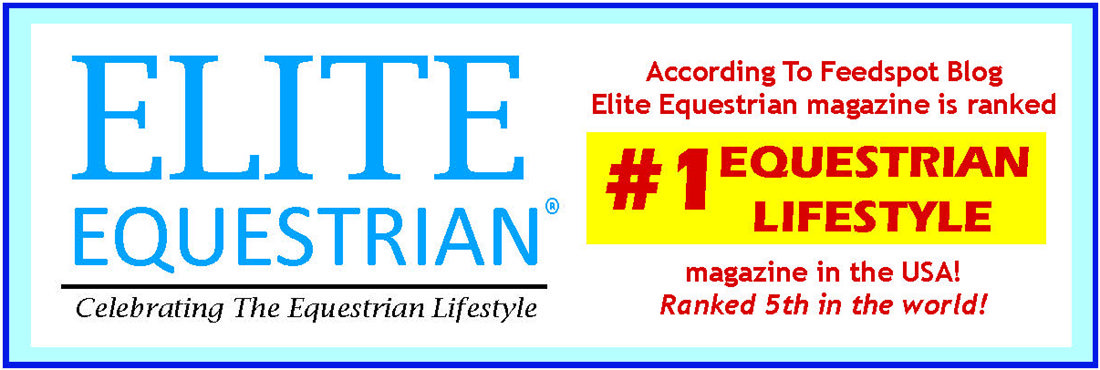
Equine Liability – The Release Agreement
The focus of this article, submitted by Blue Bridle Insurance Agency, is to address the subject of equine liability release agreements from an insurance standpoint. When applying for liability insurance for an equine business, a riding club, or a horse show, for example, our company underwriters enforce the requirement for a release of liability agreement that customers or participants in an event are asked to sign.
There are several things we, as insurance agents, look for when reviewing the release. First the release should state that it is a Release of Liability (or Waiver). It should clearly identify the people or entities being released. This is very important and releasing the wrong party or releasing only one of the parties is a common mistake. We frequently receive releases that do not hold any parties harmless or include those that have no relationship to the Insured. Further, corporations and organizations should consider releasing not only the business entity but also its directors and officers, affiliated persons and so on.
We also look to see if the release describes some of the inherent risks associated with equine activities including the exposure to serious injury or even death. And it is extremely important that the release contain what lawyers refer to as “exculpatory language”. This is the part where the signer of the release agrees to waive legal rights to bring a lawsuit.
Although a state law may not require that the “WARNING” notice language (as in the signage requirements) be part of the release, most insurance companies do. If your state has an equine liability law we will ask that you include the Warning language in your release.
Blue Bridle agents always recommend that you obtain the advice of a knowledgeable attorney to assist you in the preparation of this document. Our responsibility is to make sure the release contains the basics that are required by the insurance carrier. Our acceptance of a release for insurance purposes in no way indicates that your release will be enforceable in your state.
A carefully written release, administered properly, is the first and best line of defense against liability claims arising from your operations. It may not prevent someone from suing but it may prevent someone from winning a lawsuit.
Know your state’s equine activity liability law. Comply with those laws and adhere to prudent safety practices while running your operations. Should the unforeseen accident occur resulting in third party bodily injury or property damage, your insurance carrier is there to defend you and award damages, if any, up to the policy limits.
For questions regarding available equine insurance protection, contact Blue Bridle Insurance Agency, Inc. at 800-526-1711 or visit www.bluebridle.com




